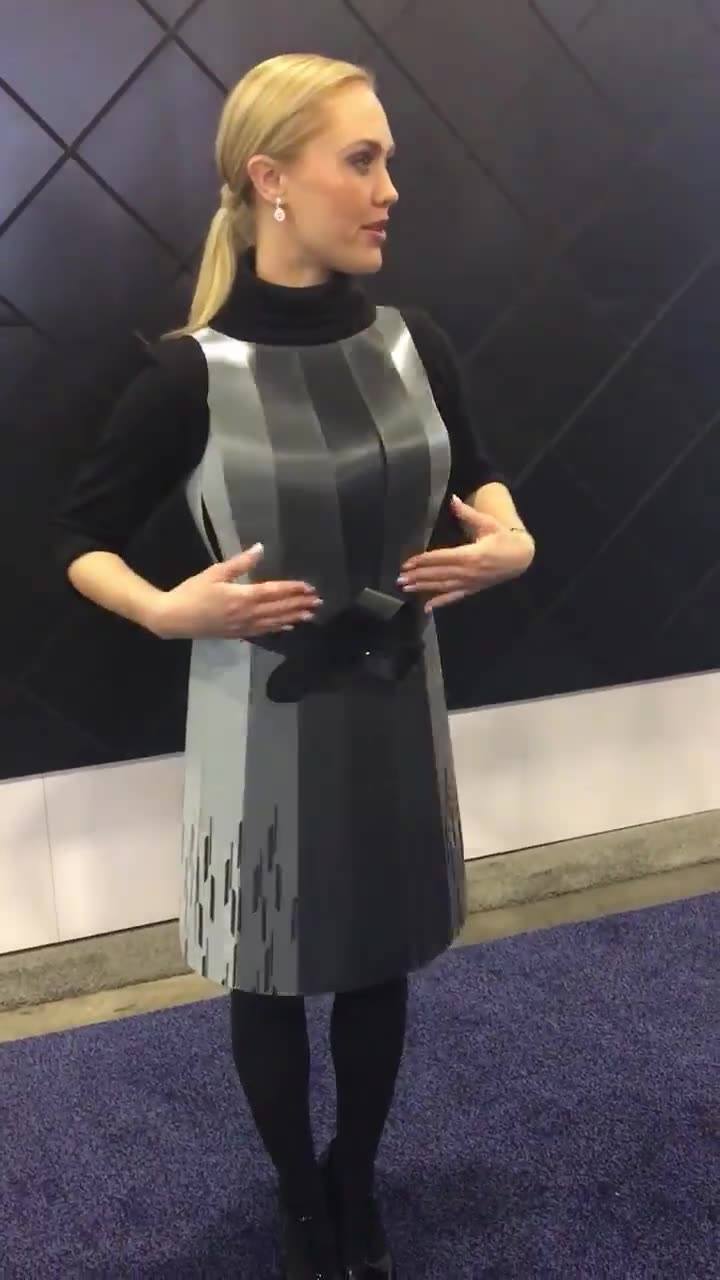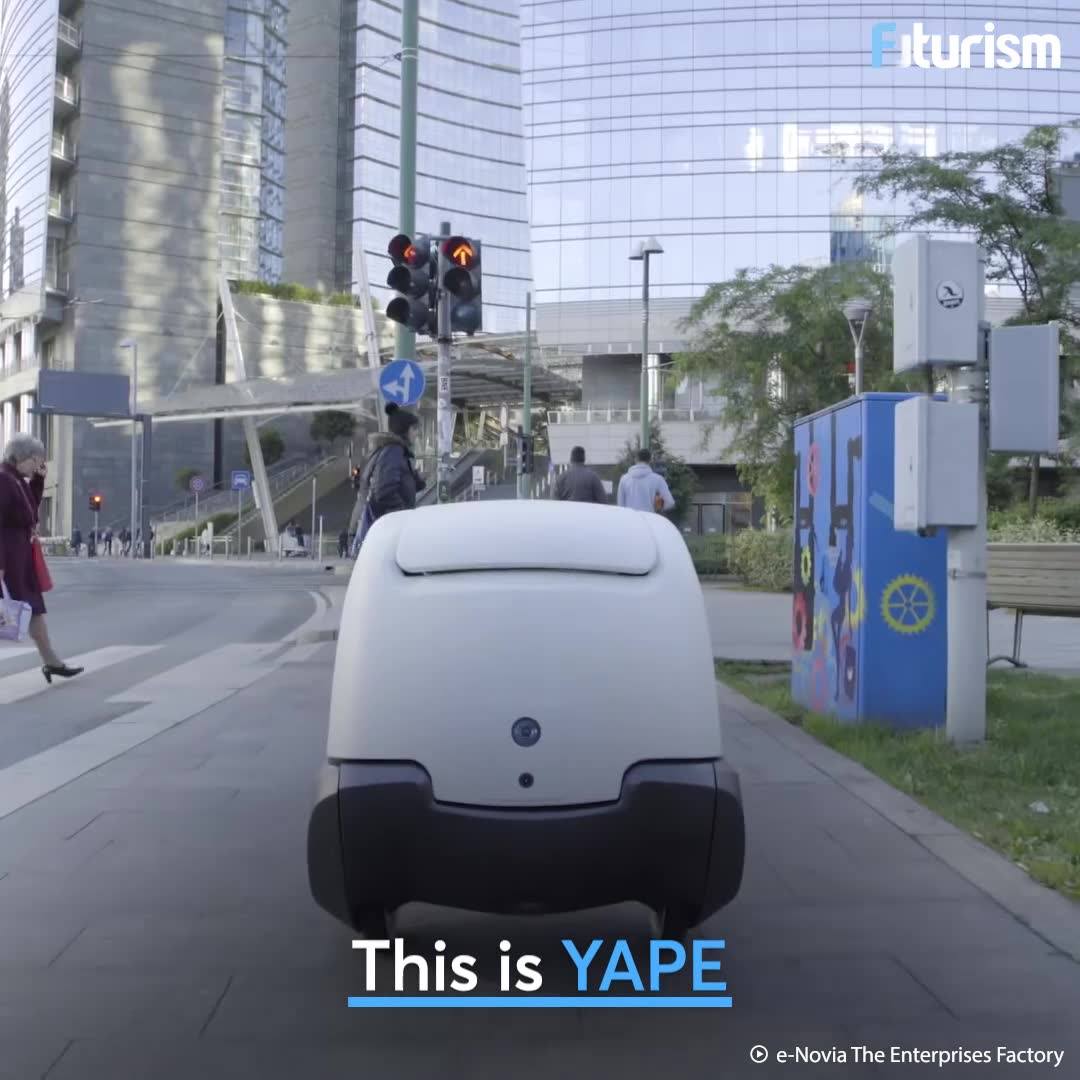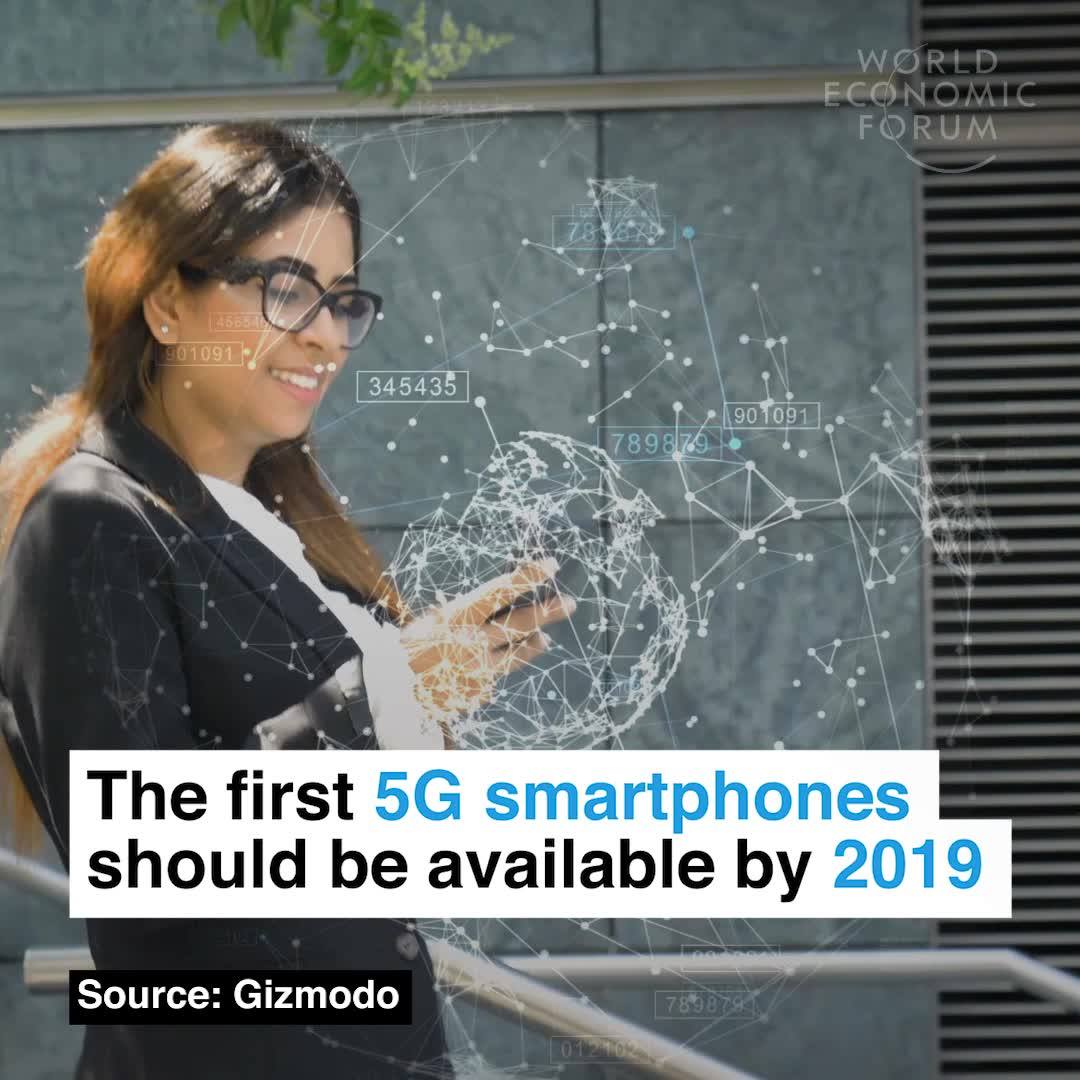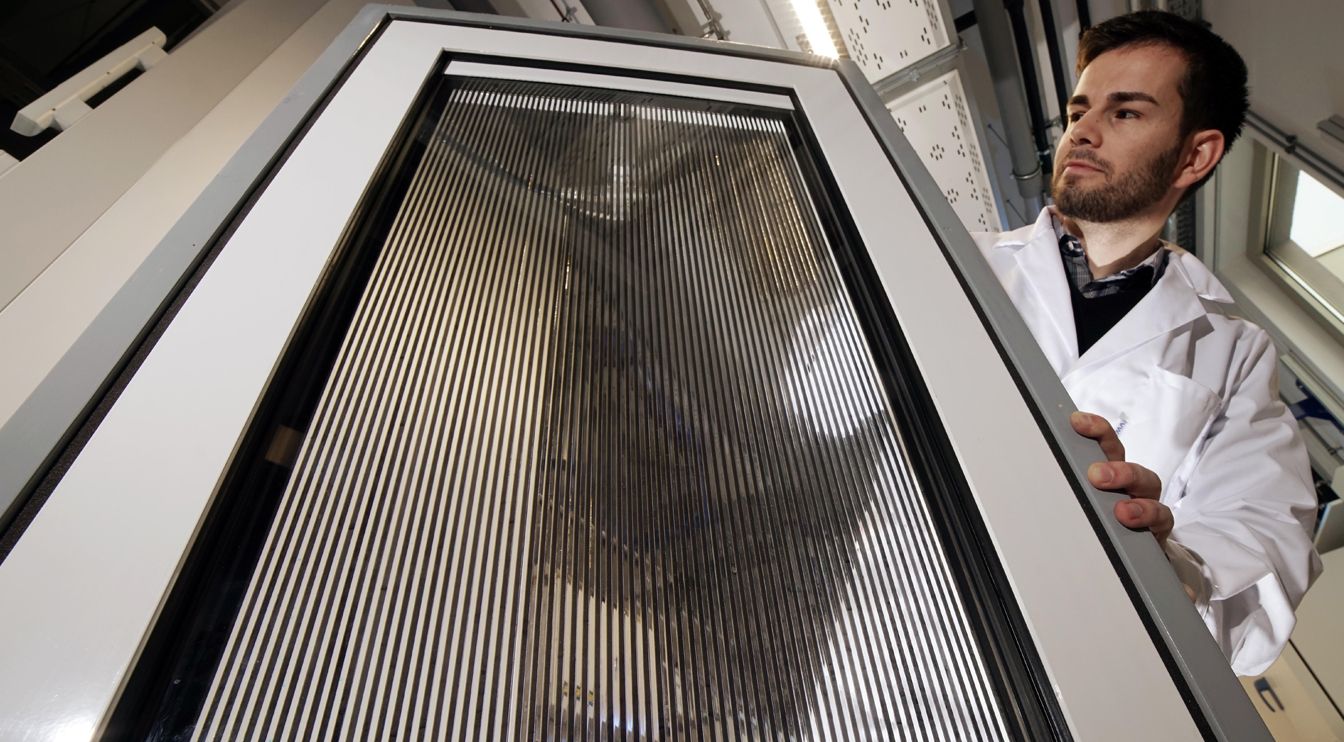Page 9935
Jan 24, 2018
Scientists Just Cloned Monkeys. Humans Could Be Next
Posted by Shane Hinshaw in category: biotech/medical

Since the birth of Dolly the sheep in 1996, scientists across the globe have used the same technique to clone nearly two dozen other animal species, including cats, dogs, rats, and cattle. Primates, however, had proven resistant to the process — until now.
In a new study published in Cell, a team of Chinese researchers led by Qiang Sun at the Chinese Academy of Sciences Institute of Neuroscience in Shanghai reveal that they’ve found a way to tweak the Dolly cloning technique to make it work in primates. Their efforts have resulted in the birth of two cloned female macaques: Zhong Zhong and Hua Hua.
Continue reading “Scientists Just Cloned Monkeys. Humans Could Be Next” »
Jan 24, 2018
IBand+: This device lets you control your dreams
Posted by Shailesh Prasad in category: futurism
Jan 24, 2018
Self-driving delivery robot carries packages
Posted by Shailesh Prasad in categories: robotics/AI, transportation
Jan 24, 2018
Finland is designing the perfect school
Posted by Shailesh Prasad in category: education
Jan 24, 2018
GM Plans To Release Cars With No Steering Wheel In 2019
Posted by Shailesh Prasad in category: transportation
Jan 24, 2018
Amazon has opened a store that has no checkouts
Posted by Shailesh Prasad in category: futurism
Jan 24, 2018
The first 5G smartphones should be available by 2019
Posted by Shailesh Prasad in categories: internet, mobile phones
Jan 24, 2018
Smart Windows Use Iron Nanoparticles to Harvest Heat
Posted by Shailesh Prasad in categories: internet, nanotechnology, particle physics
Many of the previously dumb devices in our homes are getting smarter with the advent of internet-connected lights, thermostats, and more. Surely the windows can’t be smart, can they? A team of engineers from the German Friedrich-Schiller University Jena have created just that — a smart window that can alter its opacity and harvest energy from the sun’s rays.
There have been a number of “smart” electrochromatic window designs over the years, but these are mostly aimed at changing tint or opacity only. The windows designed by Friedrich-Schiller University researchers are vastly more functional. The so-called Large-Area Fluidic Windows (LaWin) design uses a fluid suspension of iron particles. This fluid is contained within the window in a series of long vertical channels. These “functional fluids” allow the window to change opacity, but also absorb and distribute heat.
The iron-infused fluid remains diffused until you switch the window on — the nanoparticles cloud up the channels and block light. When you flip the switch, magnets drag the nanoparticles out of the liquid to make the window fully transparent. When the magnet is switched off, the nanoparticles are resuspended to darken the panel. In general, the more nanoparticles you add, the darker the window becomes. You can even completely black it out with enough iron.
Continue reading “Smart Windows Use Iron Nanoparticles to Harvest Heat” »

















